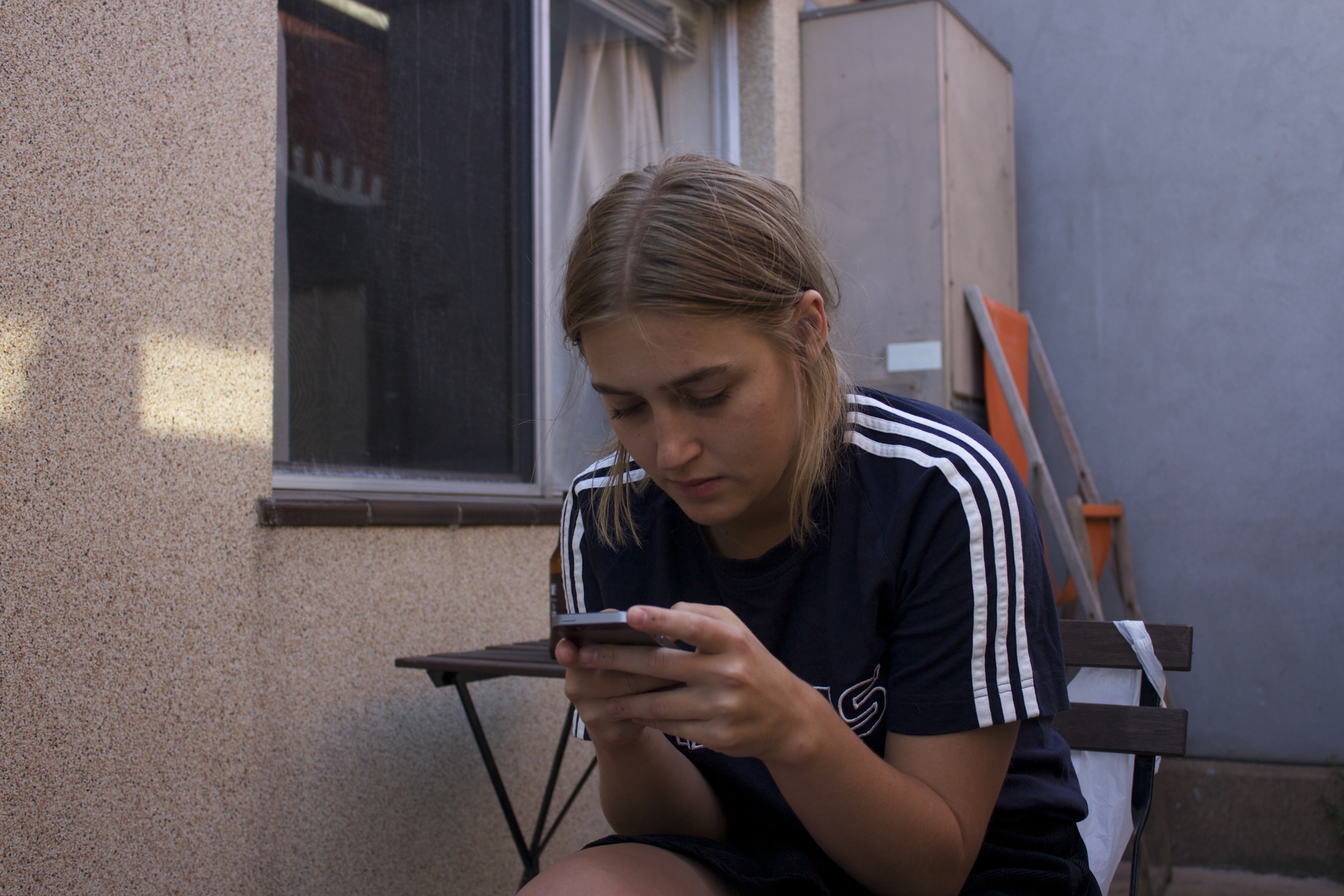After this weeks reading ~Scott McCloud’s Blood In The Gutter, our look at the Kuleshov effect and our work on PB2 I’ve been thinking a lot about the things that aren’t there. Being alerted to the Kuleshov effect has made me realise, it’s not actually often we are explicitly shown certain important details or events in movies or television. It’s simply a mastery of editing, knowing which absolutely important elements of the events need to be kept in, and then placing them within a sequence in such a way that the audience ~ with their surely basic knowledge of human emotions, reactions or cause-and-effect ~ can fill in the gaps.
This is exactly what McClouds reading was about, written/drawn in a truly engaging and interesting way McCloud emphasises that often meaning or events are inferred but never actually shown. When looking into various editing techniques and well-known examples of the Kuleshov effect, the recurring example that I just couldn’t escape is that of Alfred Hitchcock’s 1960 film Psycho, most importantly that shower scene.
We all know it, we’ve all seen it, and it probably features on every single list of important movie scenes EVER. The thing about this scene is that Hitchcock is relying completely on the Kuleshov effect to let the audience know what’s going on. And it works. Interestingly we’re never shown explicitly that anything has happened, but from the mastery of editing the ~over~ 80 fragmentary shots we know, or feel we know, that a naked woman has been stabbed to death while taking a shower. Here’s Hitchcock now, talking about his use of editing and his very own example of the Kuleshov effect.


